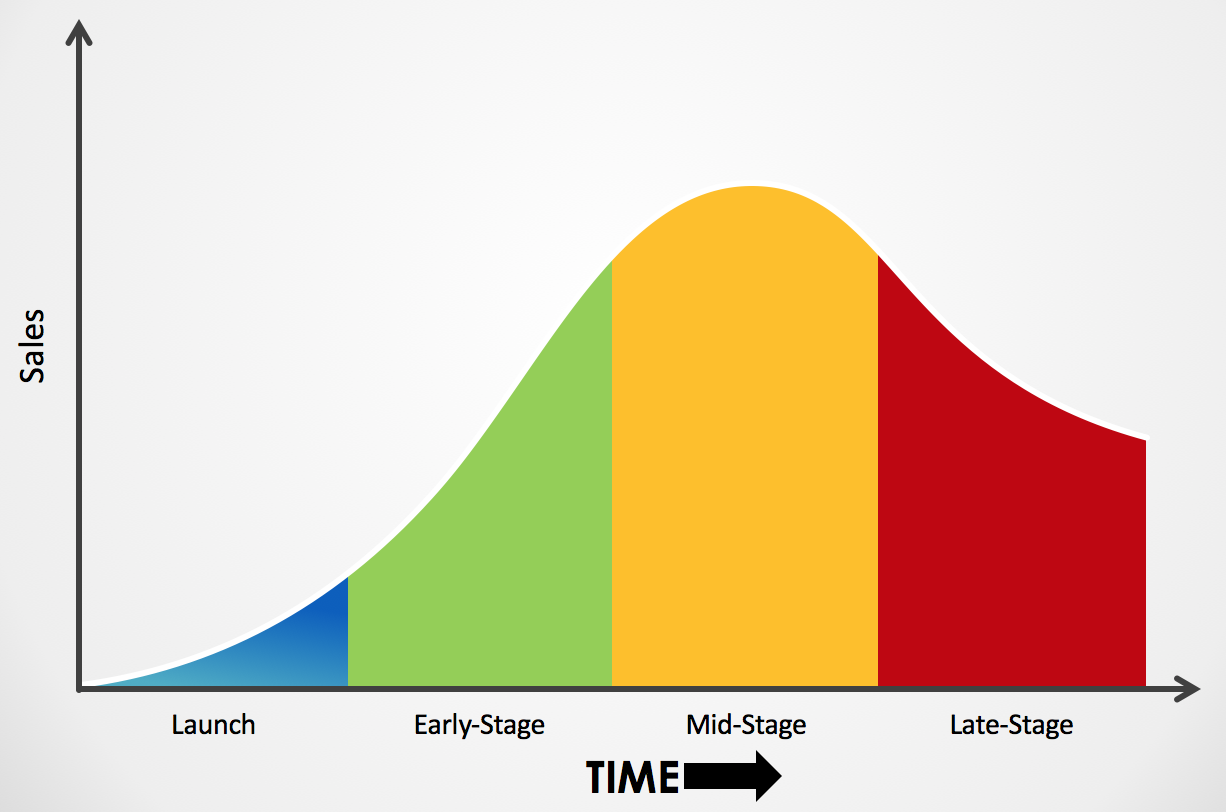Thoughts on Penetration Pricing
 PriceBeam
·
2 minute read
PriceBeam
·
2 minute read

Businesses may want to reach a large chunk of their respective markets and initiate word of mouth for their product or products. Businesses engage in penetration pricing when they set a low price point for their products and in turn trigger word of mouth and get a wide fraction of the market. This article will examine penetration pricing and help readers understand penetration pricing so that businesses can implement penetration pricing strategies effectively.
The Process of Penetration Pricing
Companies go about penetrating a market by pricing their products at a low introductory price, expecting to sell a certain amount of goods. In order for penetration pricing to be successful, the market needs to be price elastic. A product in said market is price elastic if the quantity of the product demanded increases more than a price decreases. Companies tag their products with a low price in order to persuade customers to invest in their brand. The objective for companies here is to grow their market share or to create a market for the new product. Businesses normally increase the price of their products once they have an increase in market shares and have convinced customers that their brand is legitimate. Penetration pricing strategies generally work best when the product is new and the differentiation of products in a market is generally quite small. Here are some examples of effective penetration pricing strategies.
- Smart phone providers:
Android implements a form of penetration pricing for their products. Initially, Android phones are available with a large discount, which serves as a way of making customers more loyal to that type of phone. Android opens up to a wider range of customers by employing this strategy. Another form of pricing penetration occurs when phone providers offer cheap or free smartphones when customers agree to long-term phone contracts. Customers are excited at the prospect of getting a cheap phone, but they end up paying more for the contract than buying the phone on its own.
- Promotion strategies: Promotional strategies such as giveaways or BOGOF are effective forms of penetration pricing. These strategies encourage customers to spend more than they would normally. Businesses may offer their product for free when it is sold in conjunction with a related product. This strategy may result in money lost, but the company invests in generating more interest in their product and growing their market share.
Pros and cons of penetration pricing strategies
Penetration pricing is a strategy that can be very effective when used efficiently. Even though penetration pricing works very well, there are advantages and disadvantages to using this type of strategy.
Advantages
Lower prices reduce the barrier to entry for new customers, who will then share their opinions of a certain brand with other potential customers. Adding to that, the lower prices act as a barrier to entry for competitors who are looking to employ a similar pricing strategy. Because new customers have been promoting the brand, the brand then gets a larger market share, generating higher sales volumes.
Disadvantages
While a low initial price can attract many new customers, customers who switch expect those low prices to stay the same. Increasing prices is always going to be harder than lowering them. Businesses that choose to utilize a penetration pricing strategy risk attracting customers who are only looking for a bargain and don't guarantee their loyalty to a brand. Lowering prices can also create competition cycle with other competitors by continuously dropping prices, sacrificing their profits.
.png?width=400&height=100&name=PBLogoTransparent%20(1).png)



